Garam Masala makes its appearance ever so often in Indian recipes. May recipes from Indian and other south Asian countries use Garam Masala. It is a good all purpose spice blend to have on hand. Just a dash of it livens up the curries, spices up the kabobs and adds an exotic touch to the rice casseroles. The word “garam” means hot – referring to the warm spicy tones it brings to the food and masala means spice blend. 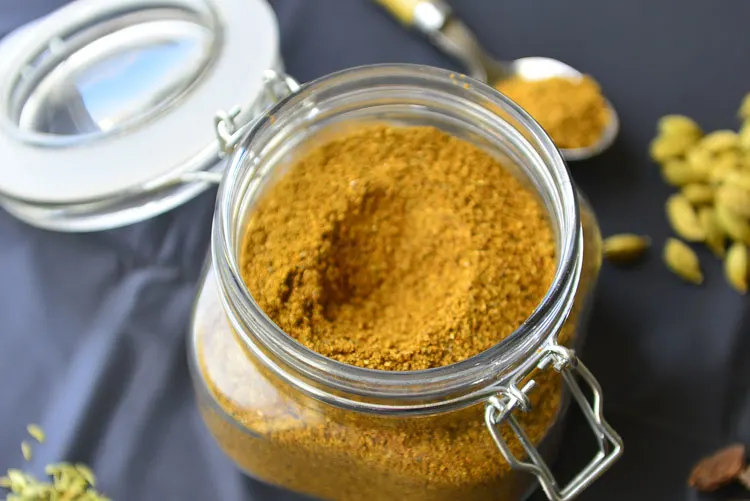
Every cook has his/her blend of spice mix. Some versions have as few as five spices – cloves, cinnamon, cardamon , fennel , and mace – to as much as few dozen. No matter how many spices go into it they all are aromatic and makes the food garam or spicy.
Seasoned cooks almost always make their own mix, based on the spices most used in their own kitchens and add the additional spices as they cook the dish. Even though they may not agree on what the garam masala spices should be everyone can agree on that the mix should bring a blend of flavors and aromas that invite you to the dining table. A a good base recipe should have well balanced flavors , so it can be used on its own.
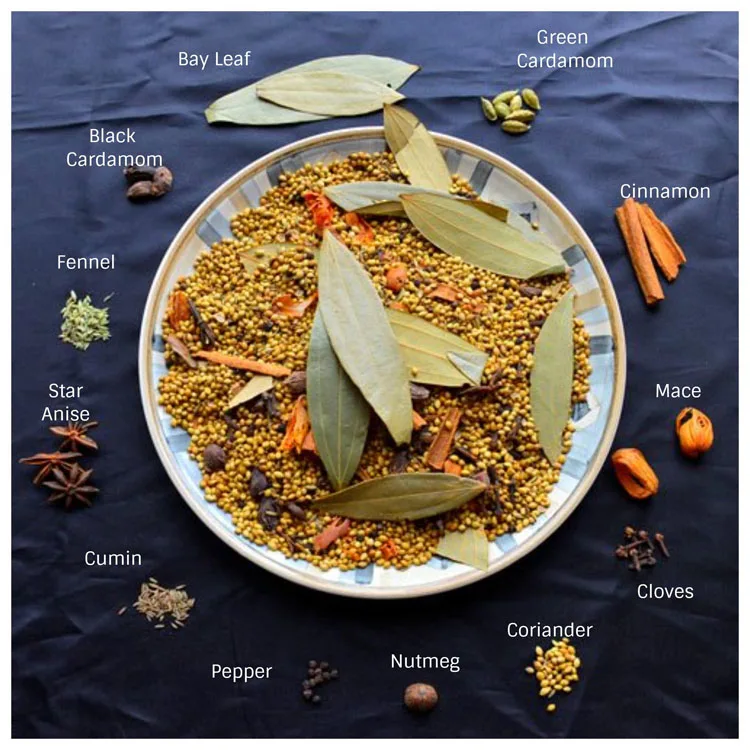
Garam masala is sold in stores under different brand names. Each brand will have slightly different ingredient lists and different proportion of spices. Many Indian stores sell packaged whole garam masala spices as well. These are meant to be powdered b and used as needed. This mix is a good starting point .
A note on the spices
Coriander – I have come across garam masala without coriander. Usually these added towards the last stage of cooking and adds wonderful fragrances to the dish. Most garam masala mixes though use coriander and I find it especially useful when making quick curries.
Bay leaf – the bay leaf used here is the Indian bay leaf commonly referred to as tej patta. It is in the same family as the Bay (Laurel) leaf used in the western cuisine, but much milder in flavors.
Cinnamon – traditionally the cinnamon used is the ceylon cinnamon but any of the varieties available in the market will be good in this mix. One of the concerns about the cheaper cassia cinnamon is the amount of coumarin contained in it, but unless you are ingesting large amounts for for medicinal purposes these amounts are well within the safe limits. For that matter all cinnamon contain coumarin, but ceylon cinnamon contains it in much lower concentration and is much more flavorful. If I am not mistaken the mix in the picture had both.
Mace and Nutmeg – both come from the same fruit but have distinctive flavors. These two spices are used sparingly and can be omitted as well.
Black and Green Cardamom – These two come from the same family of plants but have characteristically different flavors. I often feel that green cardamom is for your olfactory senses while black for your taste buds. Black cardamom has much stronger flavors and if you are new to it , you might want to limit the quantities or omit it altogether. The green cardamom on the other hand is much milder often ground with its pod.
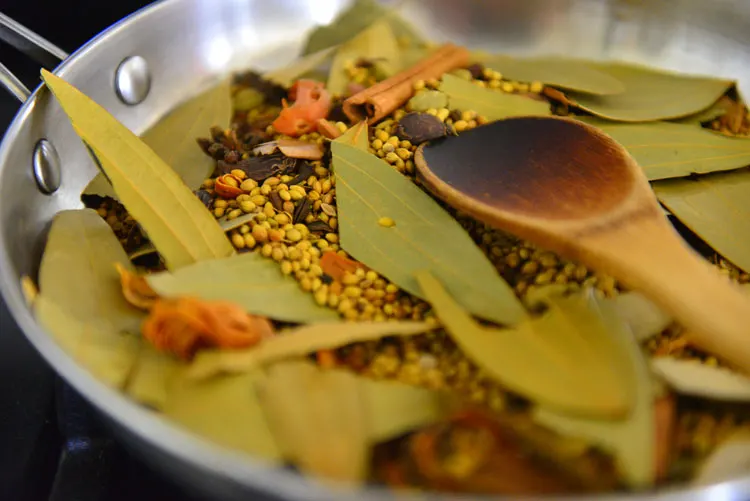
I remember my mom buying whole spices, cleaning and drying them in sun before storing them or sending them to the local mill to be powdered. It was a regular part of housekeeping chores back in the days. My guess is that roasting the spices would have started as a way to kill germs, and the concentrated smoky flavors were an added benefit. Assuming that you get hygienically sourced clean spices there is no reason to dry roast them.
Roasting definitely increases the intensity of spices, but it is also a step that can be done just prior to cooking. I lightly toast the spices before grinding as I find that it is easier on the blender. End of the day, to roast or not is entirely up to you .
Now if you roast , depending on the spices used, try to roast in batches of similar thickness so that none of the spices get burnt.
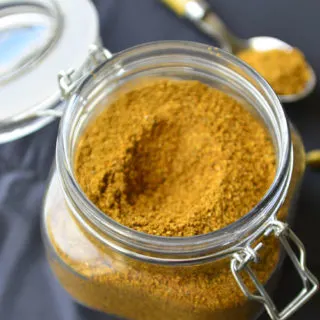
Garam Masala – The All Purpose Spice Blend
Ingredients
- 1/2 C Coriander seeds
- 1/4 C Cumin seeds
- 6 2 " Pieces Cinnamon Sticks
- 6 Black cardamoms
- 2 Tbsp Green cardamom
- 2 Tbsp Cloves
- 2 Tbsp Black peppercorns
- 5 Indian Bay leaf
- 1/2 Nutmeg
Optional
- 1 Mace
- 1 Tbsp Fennel
- 2 Star Anise
Instructions
- Measure all the spices and place in a dry skillet . Roast over medium heat for 3 to 5 minutes until the fragrance of the spices begin to waft through the air. Do not let the spices brown.
- Cool till it is just warm, transfer to a dry blender jar and pulse until powdered well.
- Store the powdered mix in an airtight container. Keep away from light and use within 2 months.
- If planning to store for longer periods store in the refrigerator.
Notes
Important: Nutrition Values are estimates. Actuals vary based on ingredients and serving size.
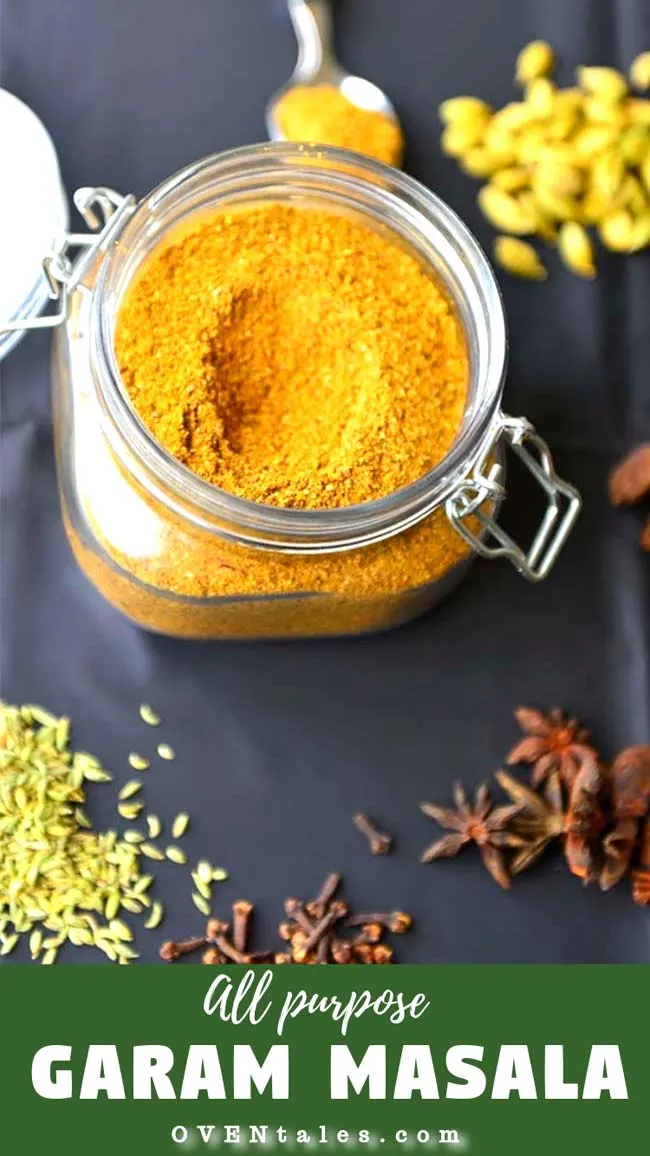
Ready to test drive your garam masala – try these recipes
Tandoori Chicken

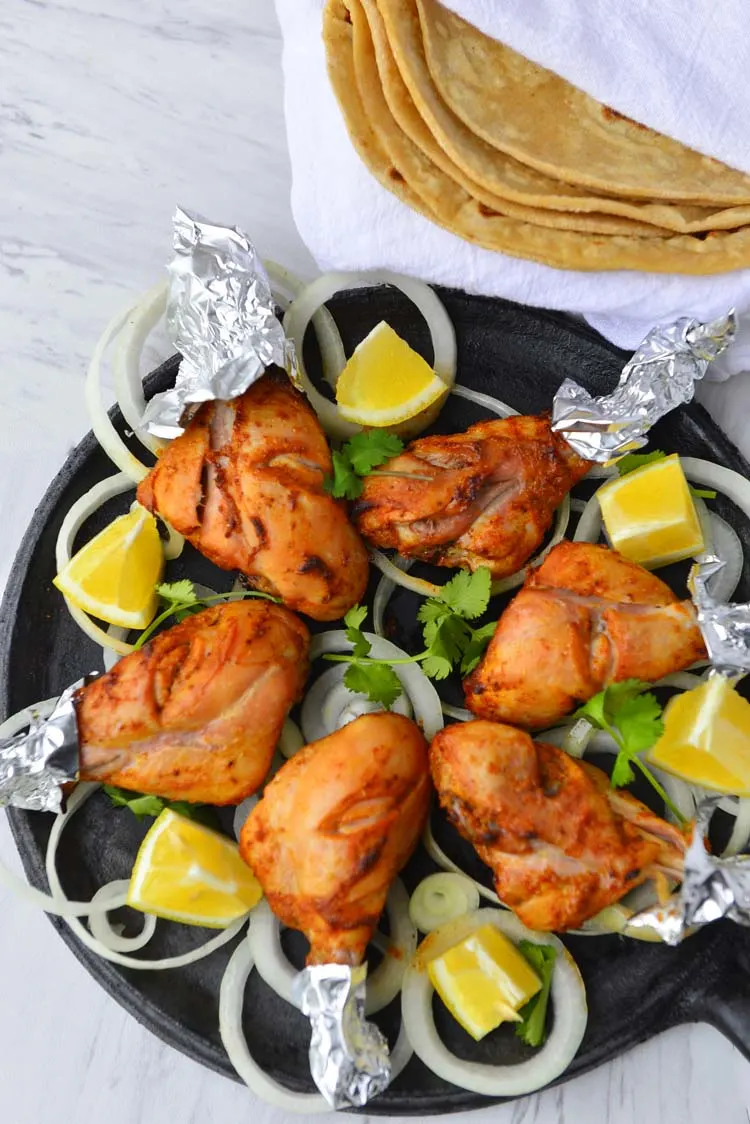
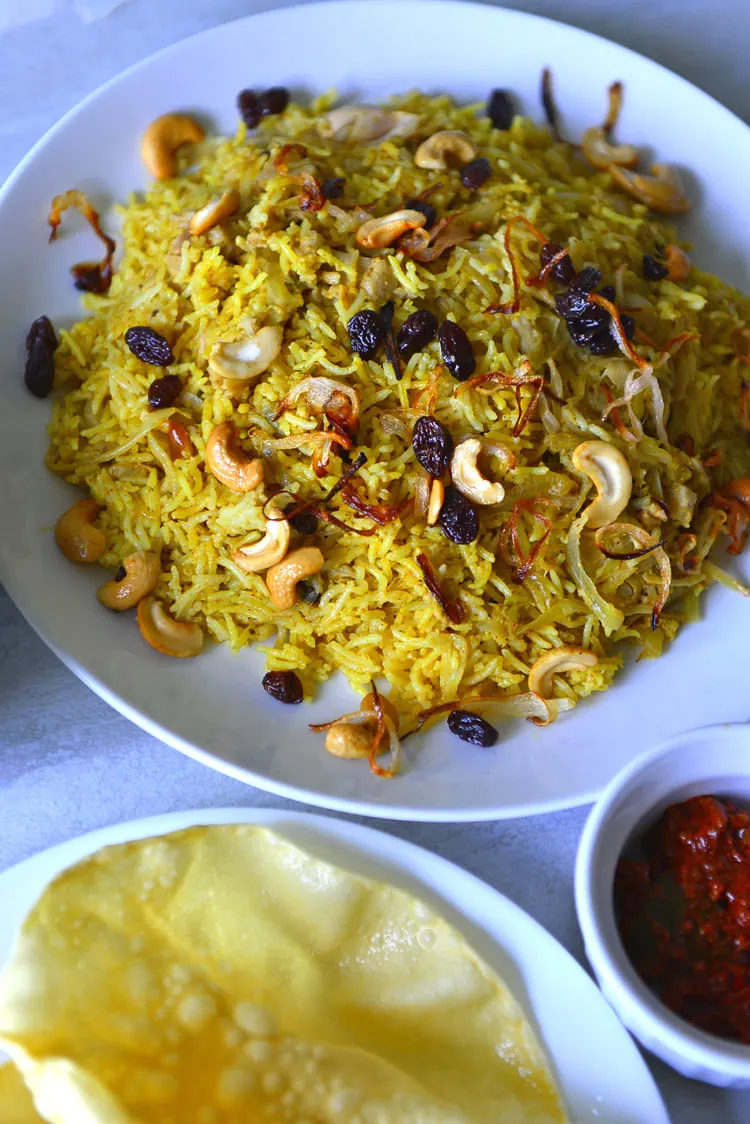
Century Foods
Tuesday 28th of July 2020
Thanks for sharing such a lovely informative article about the recipe of garam masala. Finally able to make own garam masala with your help.